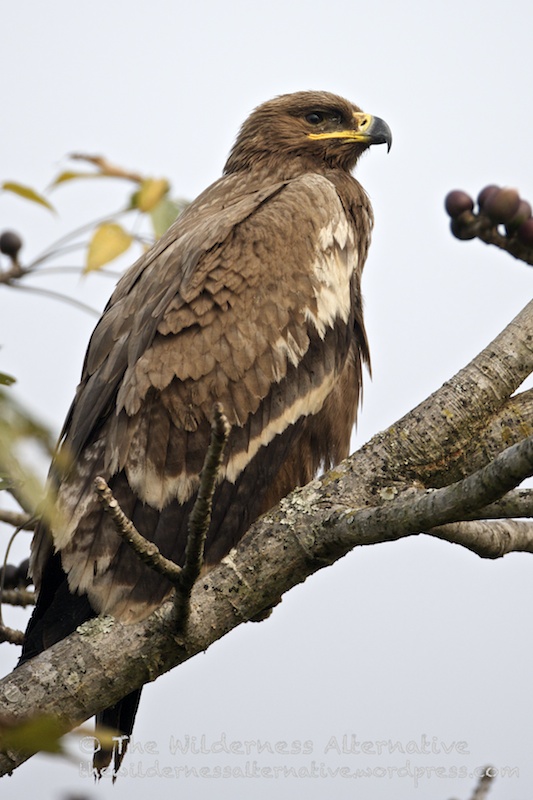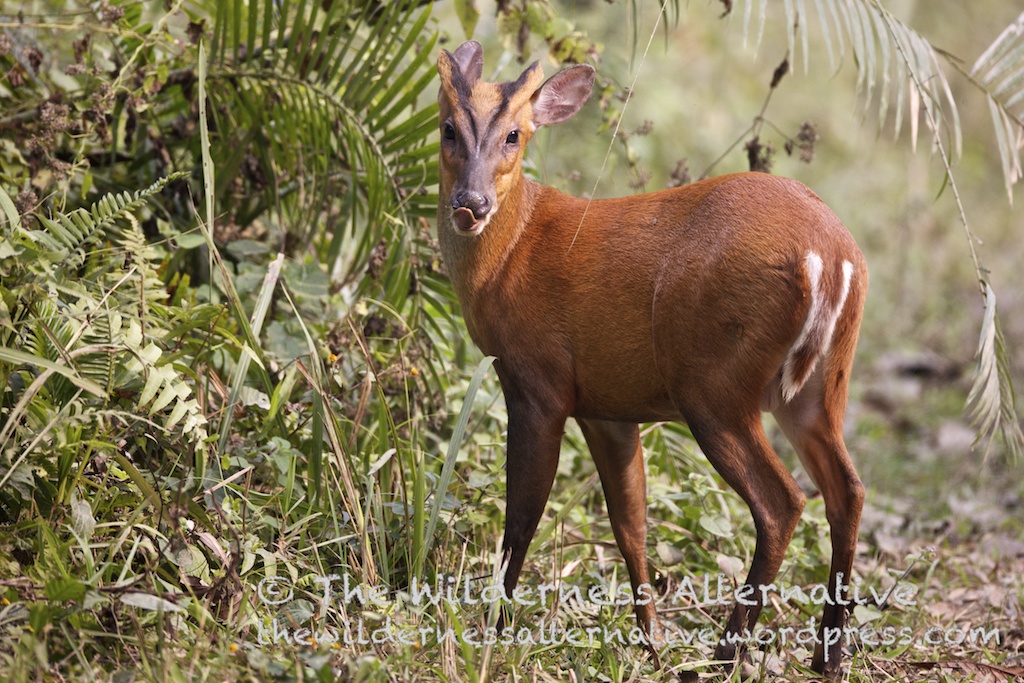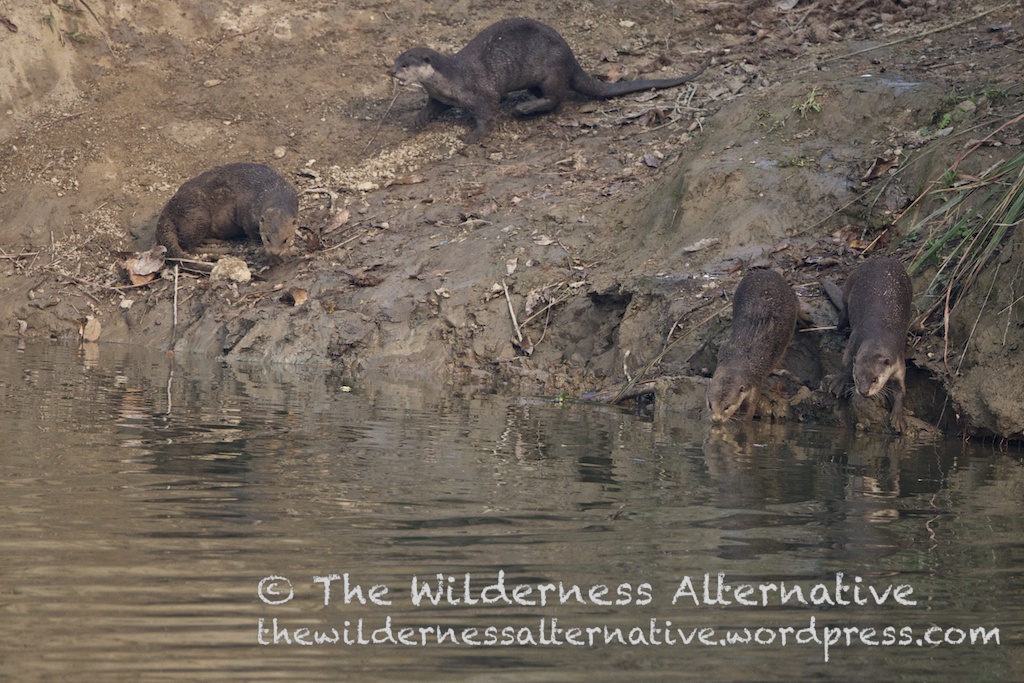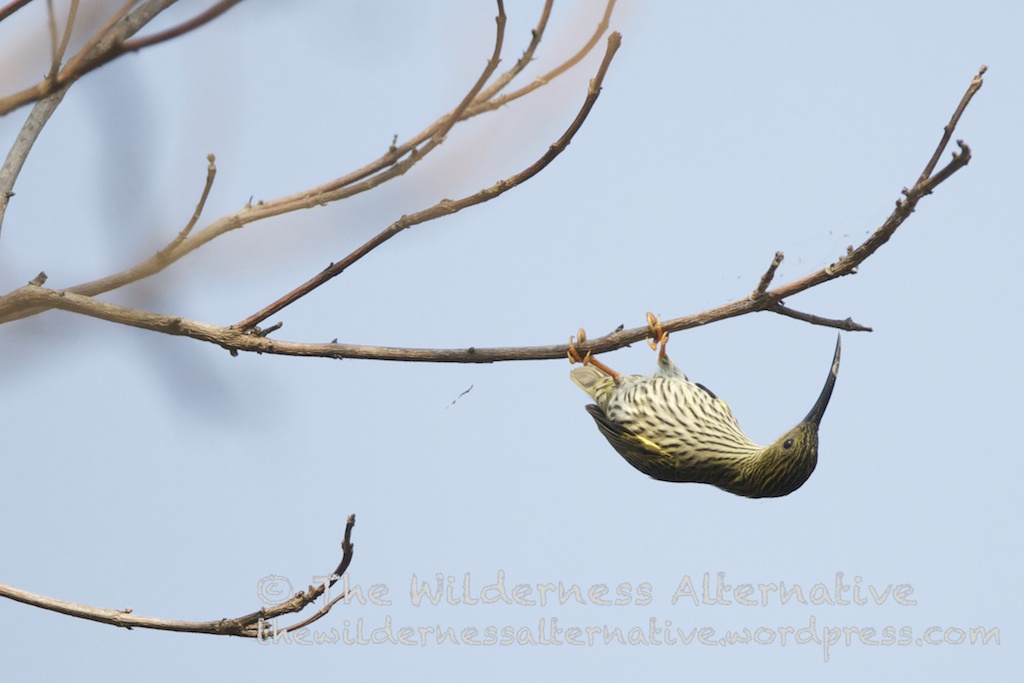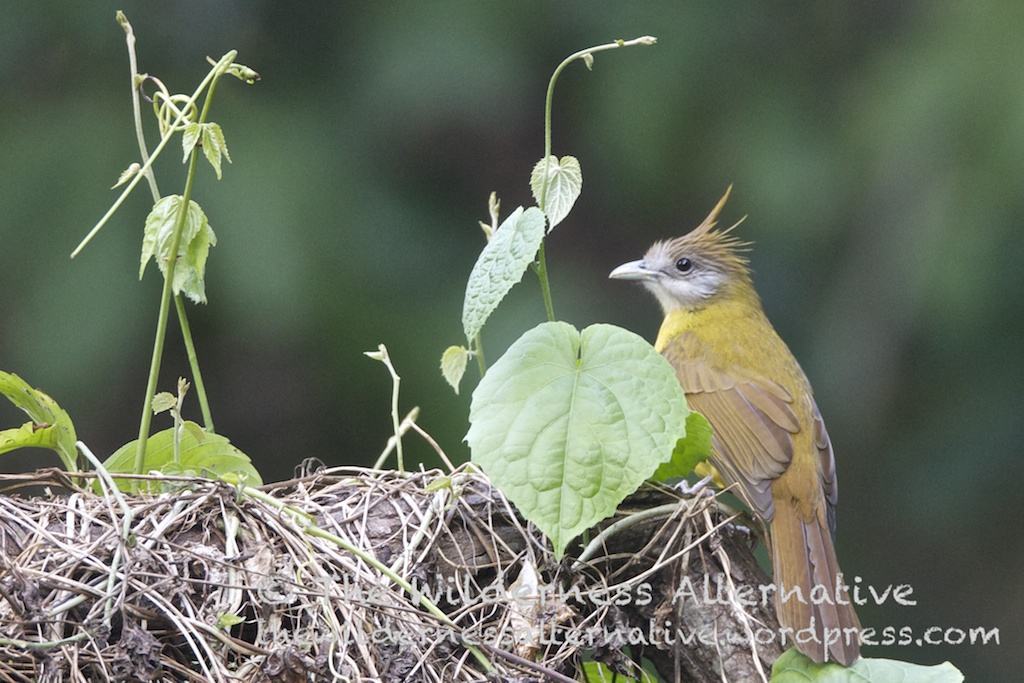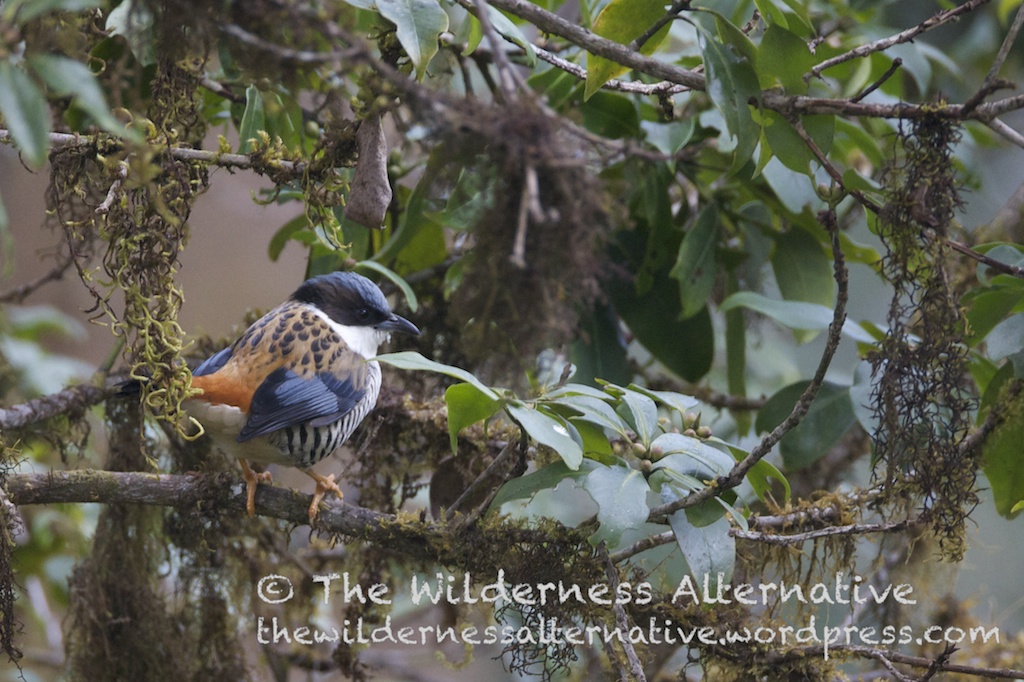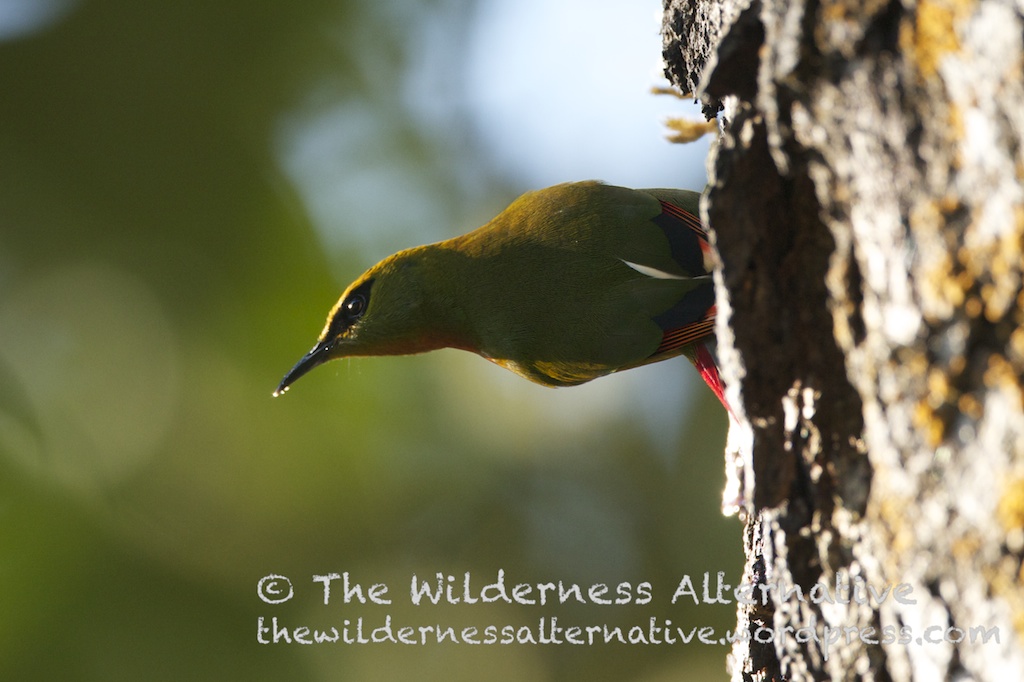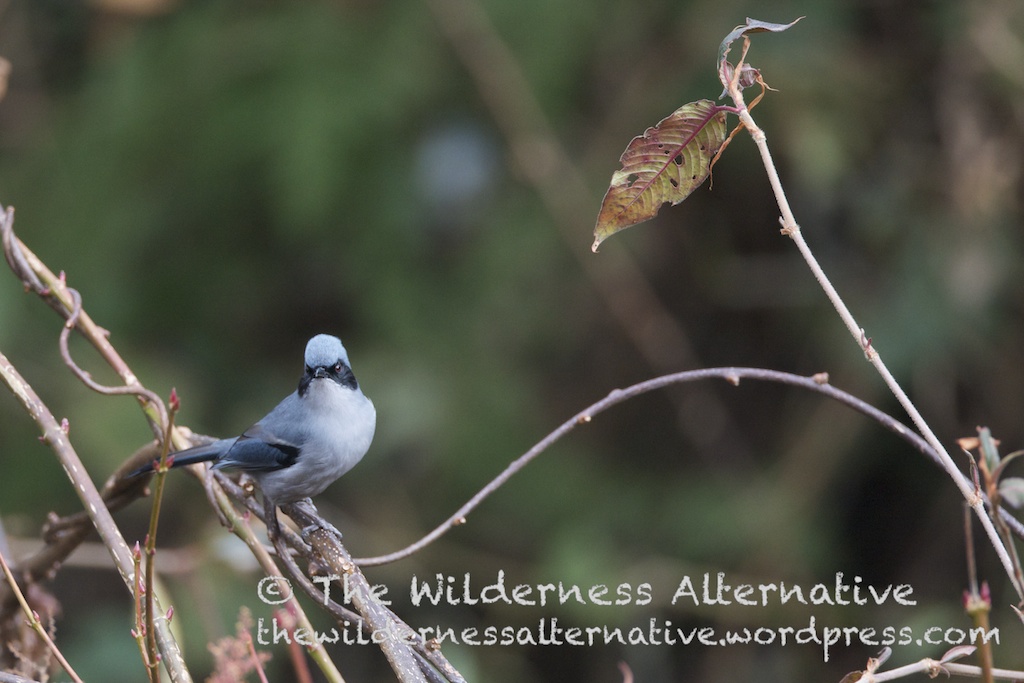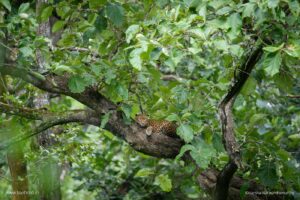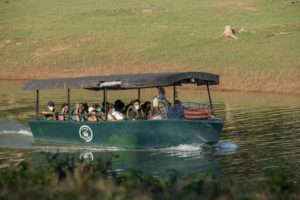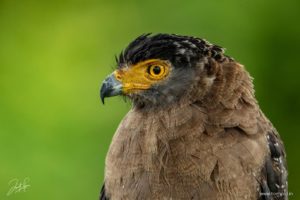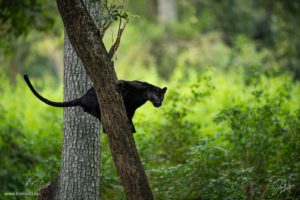Wild buffalo chases, domestic elephant charges and dozens of wildlife sightings marked the bespoke Tour to India’s North-east for French hobbyist-photographer Yann Muzika, led by Toehold’s Sachin Rai.
A pair of Asiatic water buffalo chased each other; an Asian barred owlet flashed its magnetic eyes and a blue-naped pitta showed up fleetingly as they took their first steps into Kaziranga.
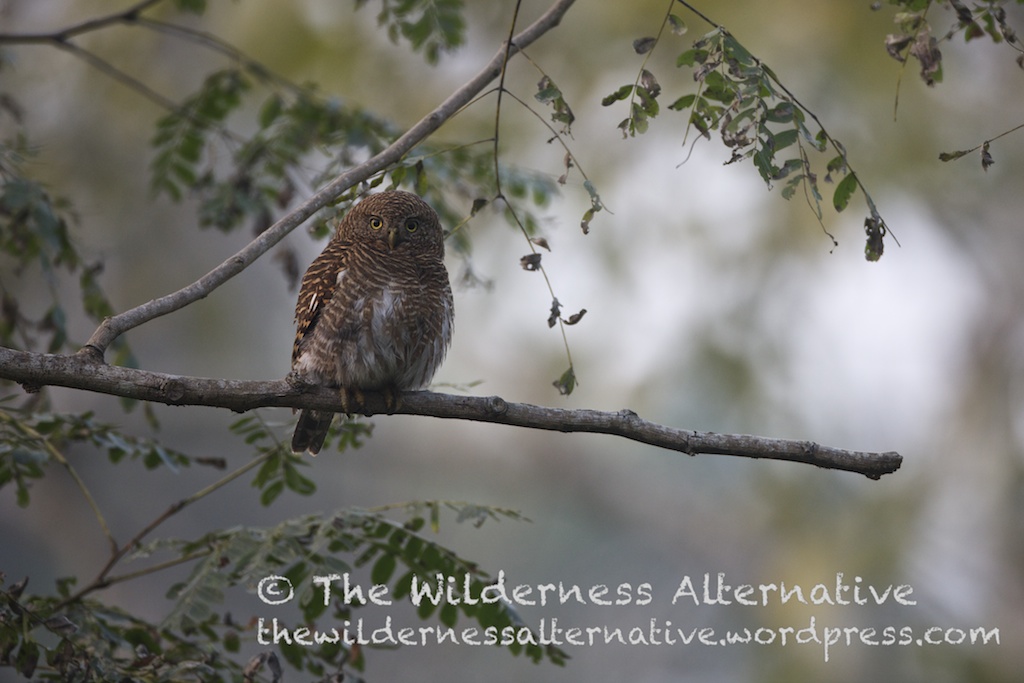
Then they made some pictures of a black-necked stork, bagged portraits of a lovely juvenile steppe eagle on a tree and then photographed a barking deer before encountering smooth-coated otters.
The buffalo sightings were good, too, and Yann snapped this lovely image that shows a couple of calves finding their feet in the marshes.
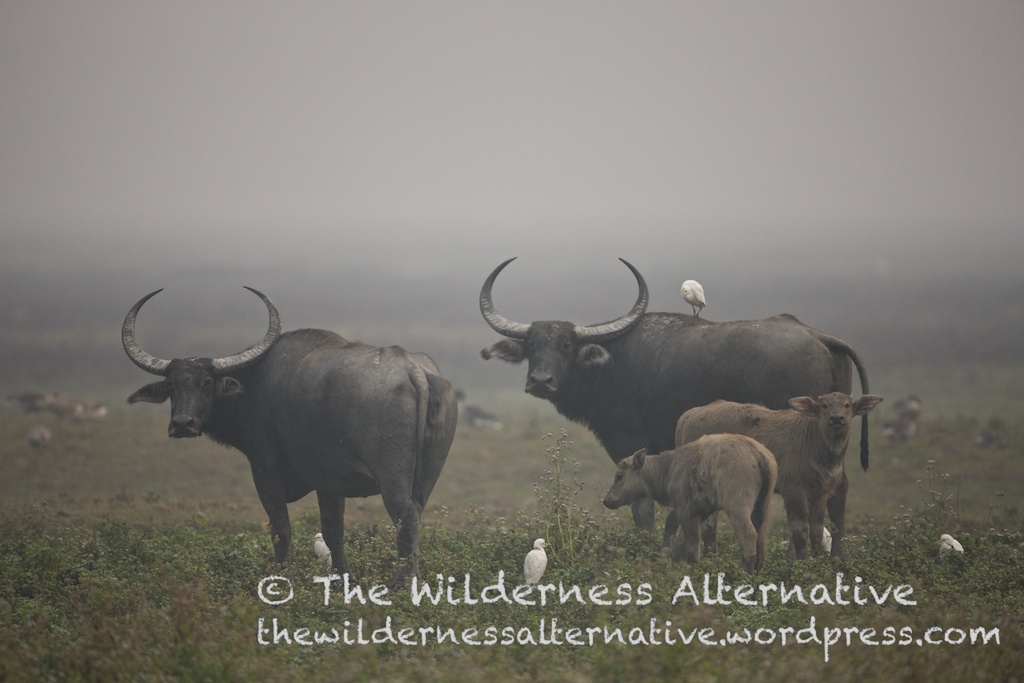
Then, on their way out, a small niltava and a green-headed barbet called a wrap on a wonderful morning’s camera-work.
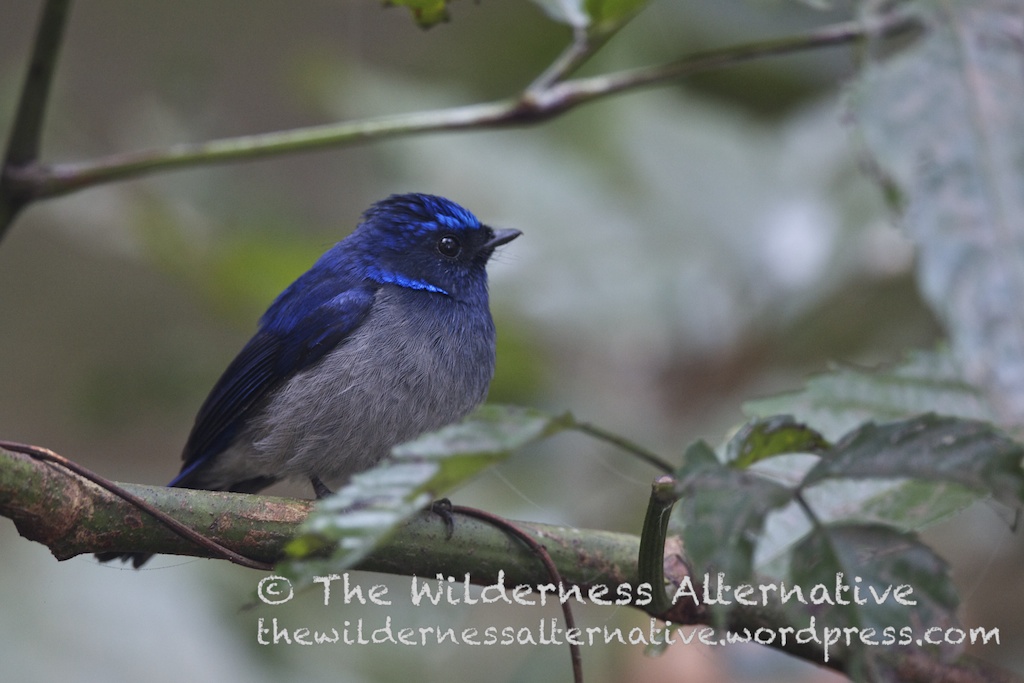
The eastern range, which proved excellent from a birding standpoint, yielded good views of ferruginous pochard, grey-headed lapwing, northern lapwing, pied harrier, spot-winged starling and brown fish owl.
In the central range, swamp francolin, grey-headed fish eagle and great hornbill enthralled them.
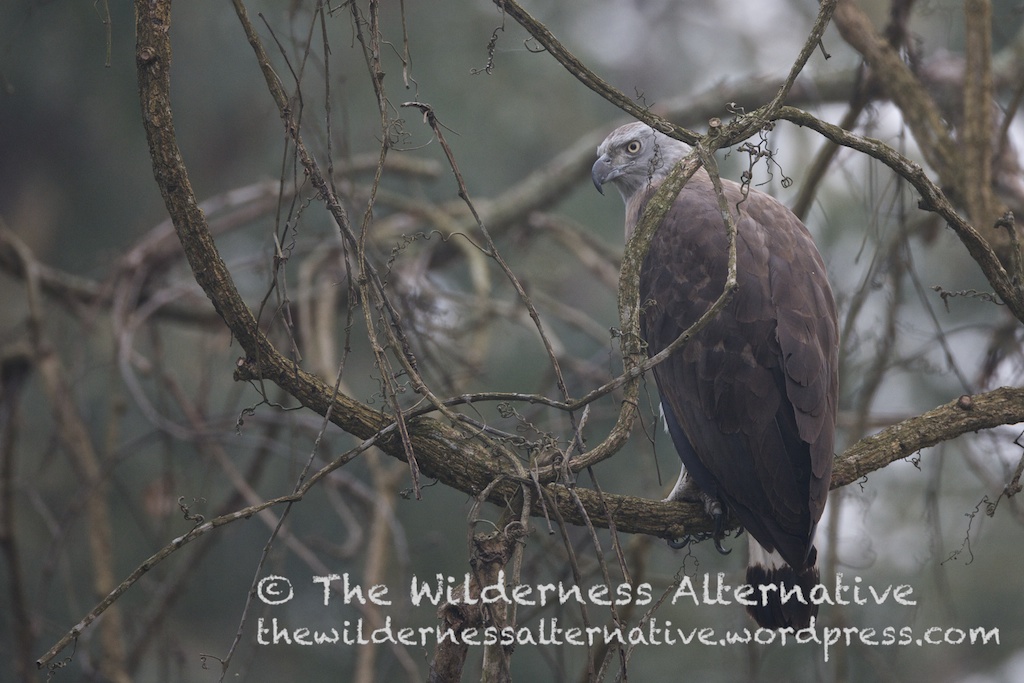
In the western range, striated babbler and chestnut-capped babbler represented the initial sights, to which the mammalian quartet of Malayan giant squirrel, hoary-bellied squirrel, Assamese macaques and capped langur were added.
Then, the centrepiece mammal of Kaziranga, the one-horned rhinoceros, hogged the limelight, with a female and her comely calf lending themselves beautifully for some intimate portraits on a vehicle track to give them a ceremonious farewell as they exited Kaziranga and left for their second destination – Nameri.
The delightfully located guest house at Nameri is merely a kilometre from the Jia Bharali River, offering basic tented accommodation, tasty food and the comforting warmth of a bonfire in the evenings. Access to the tiger reserve is by walk for a kilometre to the riverbank, then across the river by boat and another kilometre-long walk.
Reaching Nameri in the evening, Sachin and Yann walked around the camp and found great hornbills roosting in the campus!
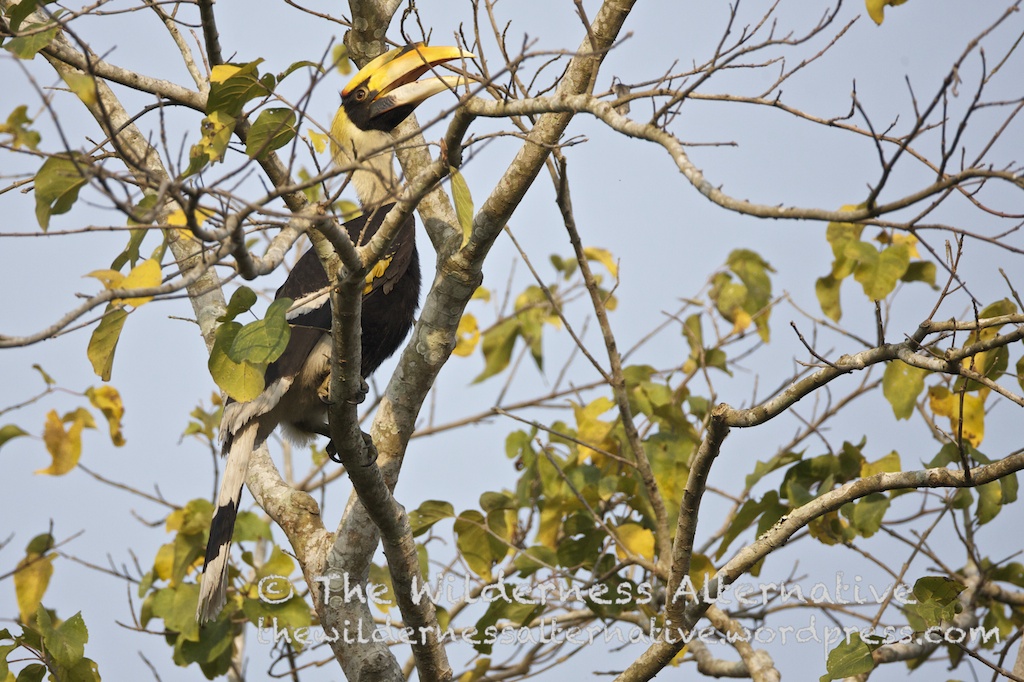
Next morning, they crossed the river and walked up directly to the lake where Sachin expected to find white-winged wood duck. They saw them but pictures weren’t possible. Moving on, they found some black-crested bulbul, white-throated bulbul and streaked spiderhunter.
Since they hadn’t managed any pictures of the wood duck in the morning, Sachin decided to spend the entire afternoon at the forest post, lunched and even took a brief nap, as did Yann. On the evening walk they went in pursuit of the wood duck again when a charging domestic mother-elephant reacting to her calf’s nervousness at their presence, gave them a few frantic and uncomfortable moments in the thorny bush.
After the becalmed pachyderms let them go, they could bird again, getting pictures of vernal hanging parrot, great thick-knee, pale-chinned flycatcher, black-backed forktail, black-tailed crake, sultan tit, grey-bellied tesia, and saw the white-winged wood ducks again but against the light but although they took some shots, these images weren’t the ones they were after, so Sachin decided to give it another shot the next morning.
A new day dawned and they went for another walk, when they saw two otters swim towards them. Then, they experienced the pulsating feeling of finding very fresh tiger pugmarks for a long stretch, supplemented by barking deer alarm calls but a tiger encounter on foot wasn’t to be.
Moving on, they reached the pond, and found the wood ducks again against the light. But with some deft repositioning by the guide, lo and presto, they were in the best position possible to get what must easily be some of the best pictures of this rare species.
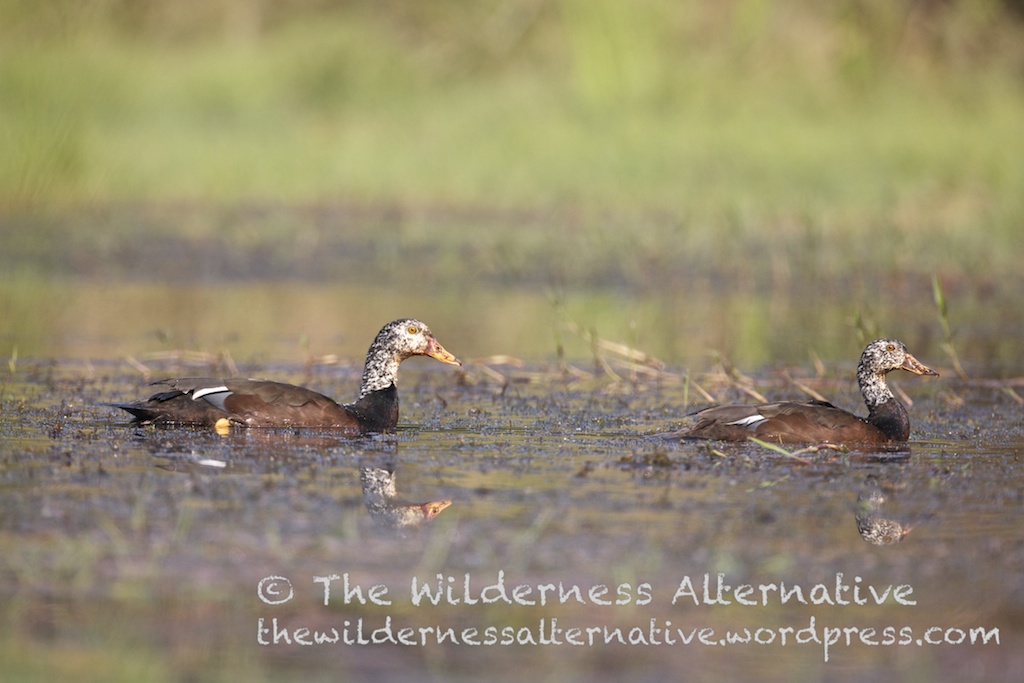
Yann was elated since this was one of his prime targets on the Tour.
On their return, they were treated to some more birds including the small pratincole, pale-chinned flycatcher, ruby-cheeked sunbird and grey-bellied tesia.
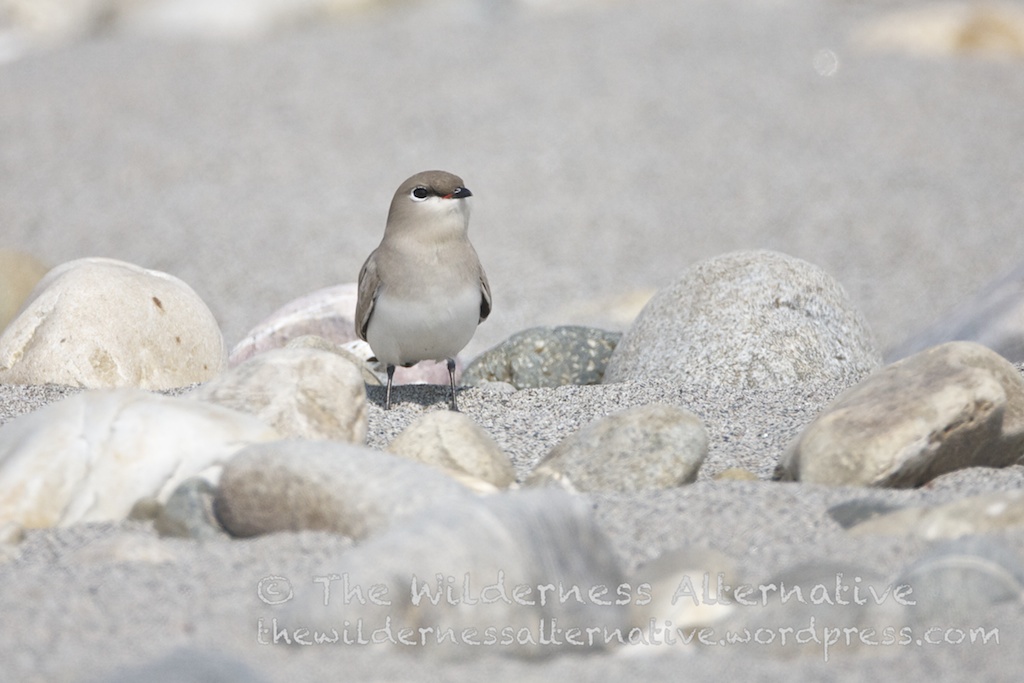
With two wonderful days under their belt and the chief mission positively accomplished, the duo moved to the most exciting birding destination of the Tour.
Nestled amid dense forests and utopian vistas in the Eastern Himalayas across a wide range of altitudes is India’s own Shangri La, the Eaglenest Wildlife Sanctuary.
Jumping to prominence mostly in the previous decade for the discovery of a bird species, a wealth of wildlife thrives in the virginal forests around Lama (2350m), Eaglenest Pass (2800m), Sunderview (2465m), Bompu (1940m), Sessni (1250m) and Khellong (750m), where even the occasional vehicular noise is absent, pristine nature rules the roost and the bliss of peace reigns supreme.
Staying in the Lama and Sunderview camps, Sachin spent six days assisting Yann to add an impressive number of new species to his bird list and picture library.
The weather was very cold – as cold as -4° Celsius. On-road snow was a regular feature, and in many places sunlight wouldn’t reach at all!
Bearing a professional DSLR and an 800mm lens, Yann would walk an average of 10 to 12 kilometres every day. On some days they would leave at 4 a.m. with packed breakfast and lunch, and return only by 5 p.m.
And all the hard work was well rewarded, with the very first morning yielding the beautiful sibia, striated laughingthrush, green-tailed sunbird and the Bugun liocichla.
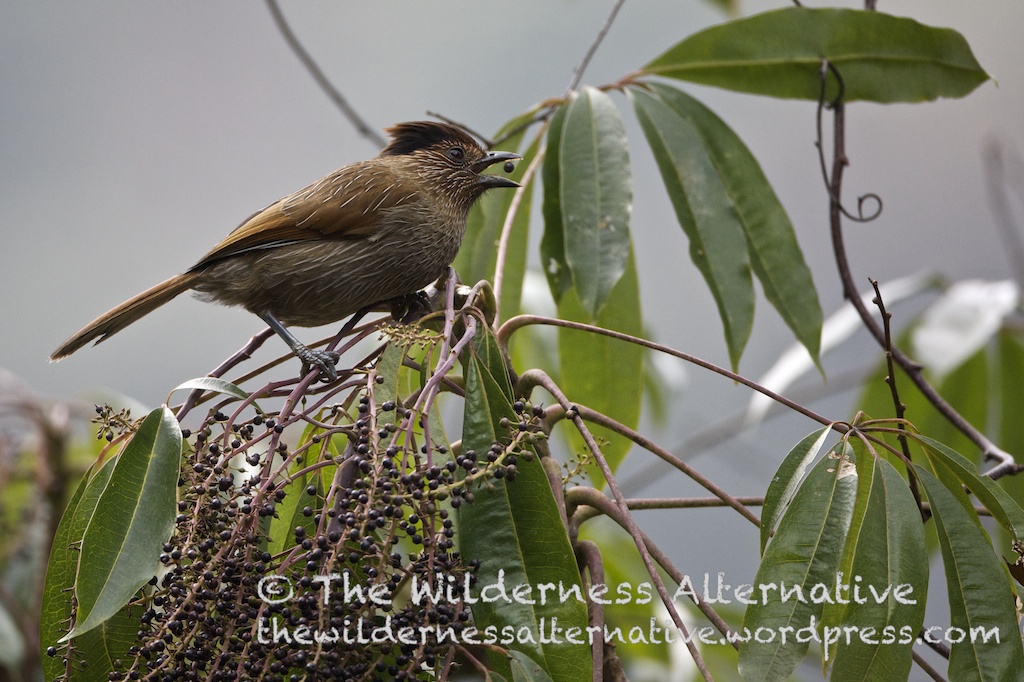
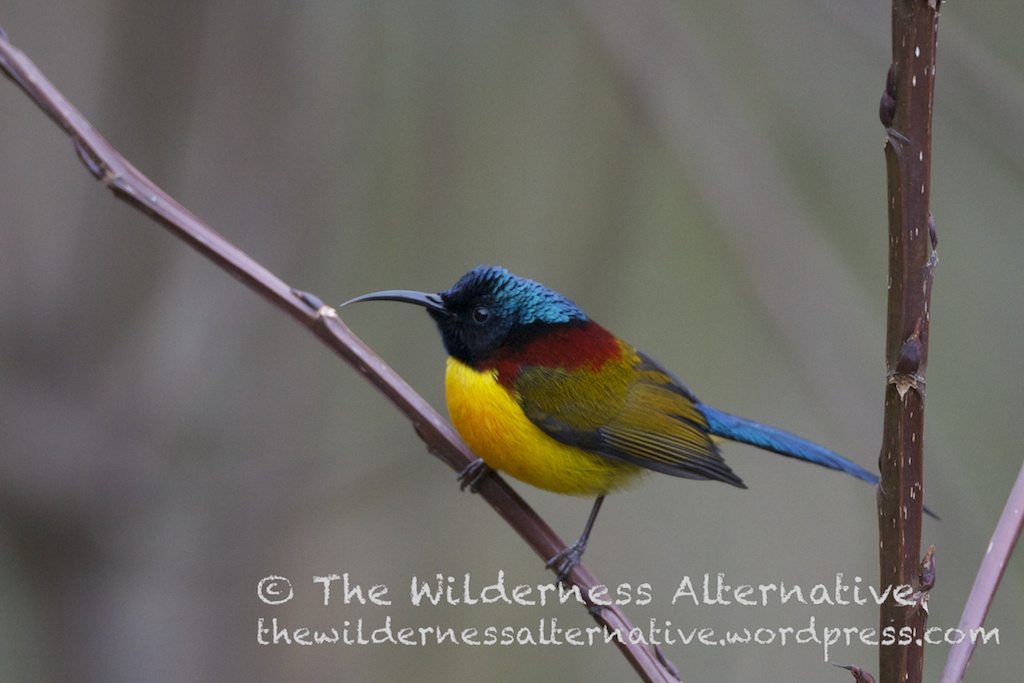
One day, Sachin heard a bird call close by and stopped and listened carefully to locate the source of the sound. When he and Yann approached the spot in the bush, they discovered a collared owlet holding a long-tailed broadbill! Not wanting to blow the owlet’s meal, they stepped back and gently moved away, the wonder of witnessing a precious, secretive moment of life in the high altitude forests leaving them touched.
Overall sightings came thick and fast, populating the bird checklist like the coffers of a box office for a blockbuster film.
Apart from eight species of laughingthrush and four bush robins, rufous-necked hornbill, large-tailed nightjar, yellow-billed blue magpie, rufous-gorgeted flycatcher were the highlights. Chestnut-headed tesia, red-faced liocichla and rufous-faced warblers didn’t disappoint, while the babblers included the coral-billed scimitar babbler, white-browed babbler and green shrike babbler. The wren-babblers seen were the long-billed and rufous-throated.
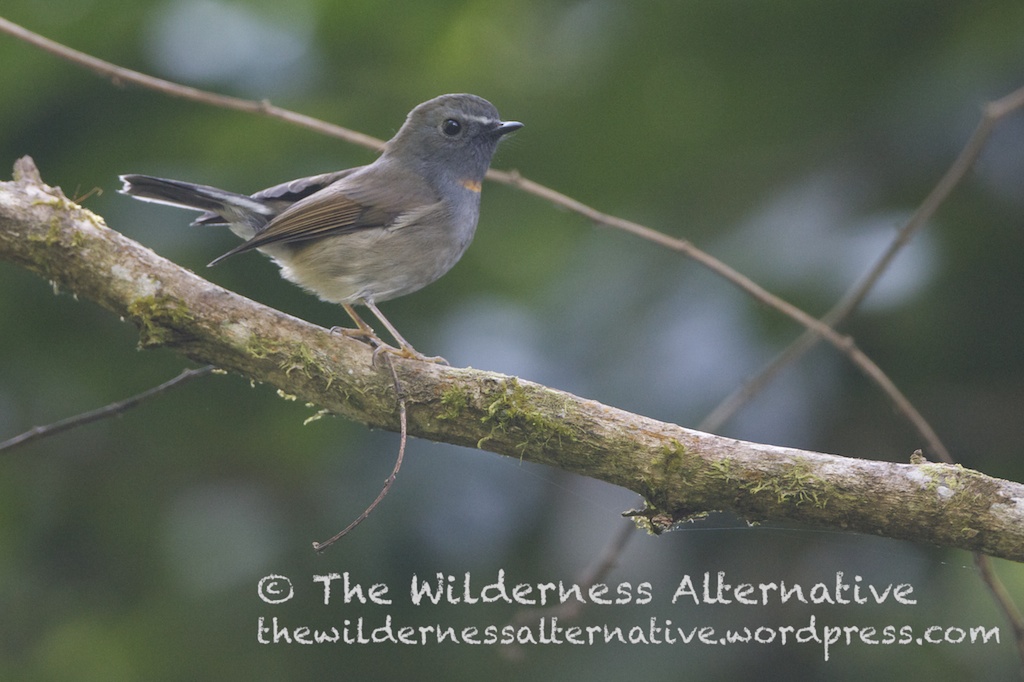
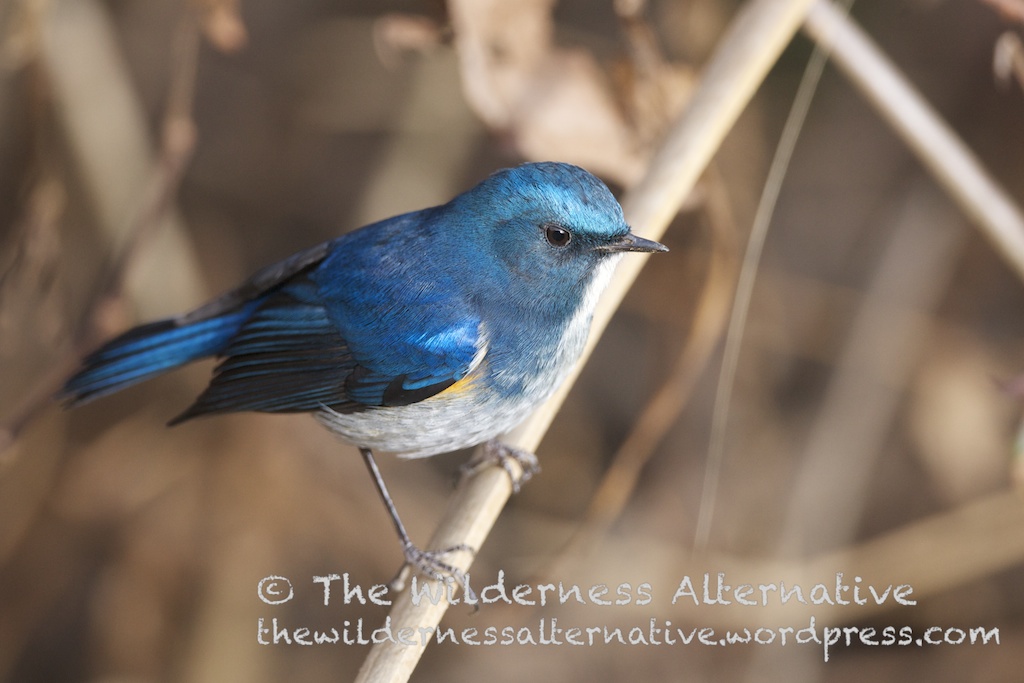
Broad-billed and rufous-faced warblers stood up and got counted, while Himalayan cutia and five species of yuhina enthralled. Chestnut-tailed and Red-tailed minla, Beautiful and long-tailed sibia, black-throated and rufous-headed parrotbill, dark-breasted rosefinch, crimson-browed and gold-naped finch and fire-tailed sunbird comprised the long list of highlights.
Said Yann at the end, “All in all it was a splendid birding experience in a unique location. Being my first foray into Eastern Himalayan birds, 70 out of the 100-or-so birds sighted were lifers! Sachin Rai did a great job organizing and guiding this trip for me.”
For Sachin, one of his favorite wildlife destinations on Earth had lived up to its glory despite the timing of the visit not being ideal. It had opened its amazing world up once more and treated to a feast those who had come to it from lands nearby and far away.

